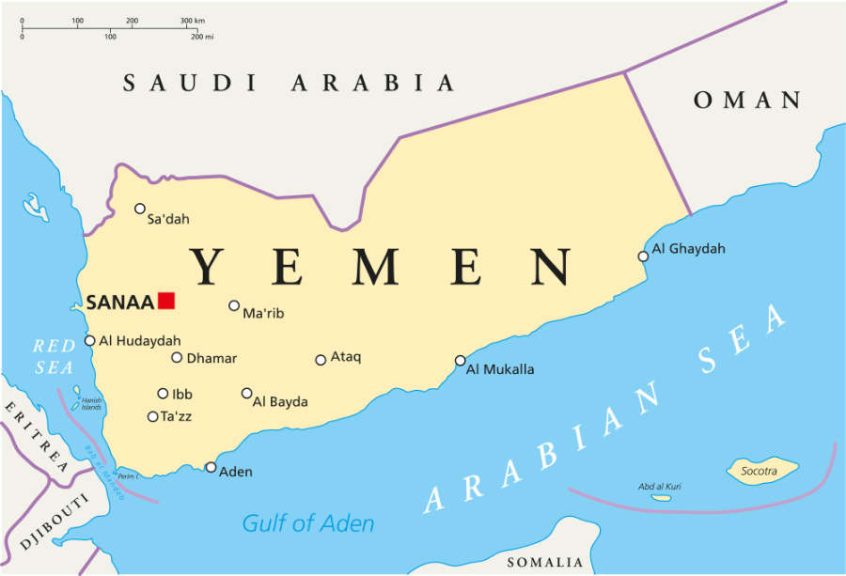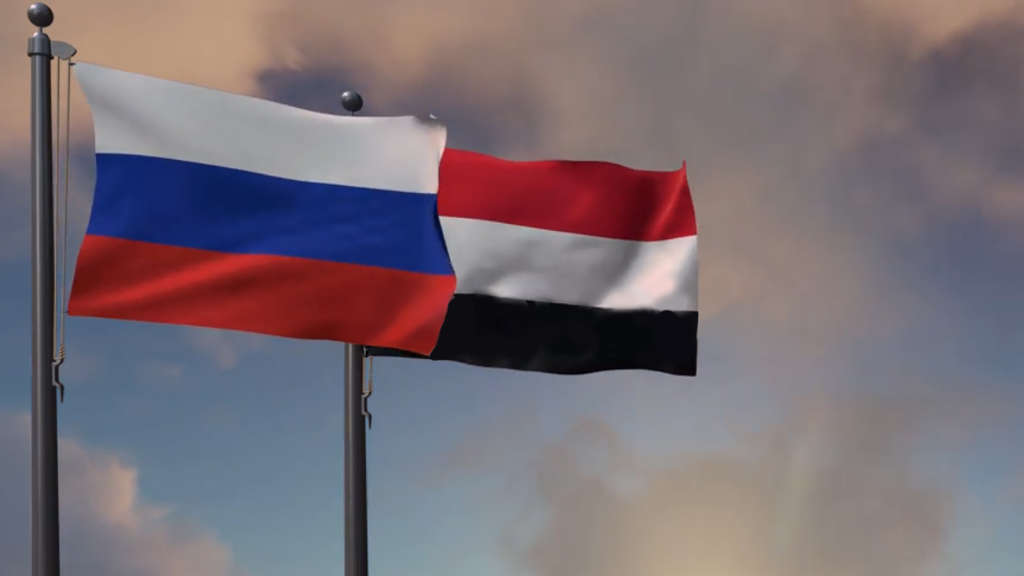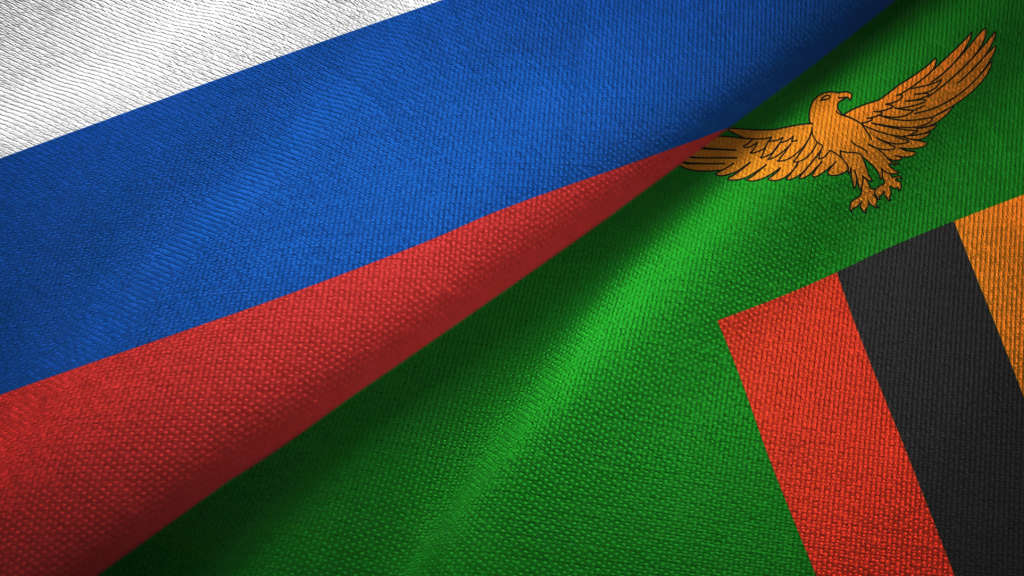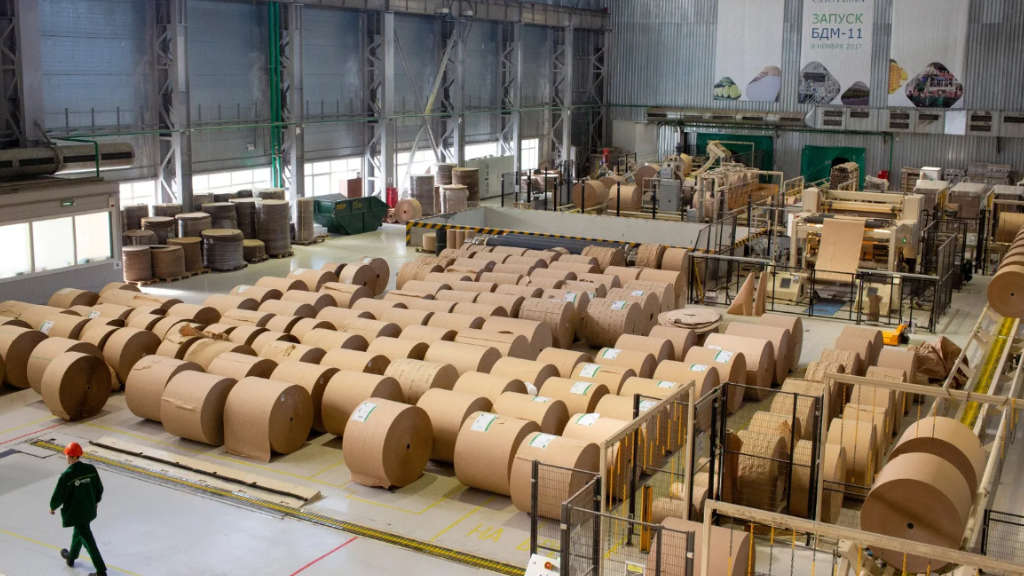The Russian Deputy Prime Minister, Alexander Novak, has met with Aidarus al-Zoubaidi, the Chairman of the Presidential Council of Yemen, and the head of the Southern Transitional Council, in Moscow.
The two sides discussed a broad range of issues concerning trade and economic cooperation. Novak stated that “Russia and the Republic of Yemen are connected by strong friendship ties, which are almost 100 years old. Partnership between us has never interrupted. The USSR provided Yemen with considerable socioeconomic and technical assistance, and Russia today wishes to further strengthen and develop cooperation between our two countries.”
The two countries have agreed to organize the first session of the Russian-Yemeni Intergovernmental Commission on trade, economic, and scientific and technical cooperation, to be held in the near future.

Yemen is on the southern tip of the Arabian Peninsula, along important trade routes between the Red Sea and the Gulf of Aden.
Despite facing challenges due to ongoing conflicts, Yemen’s economy continues to be driven by key sectors that provide both employment and government revenue. The economy remains heavily reliant on its primary industries. The oil and gas sector remains the cornerstone of the economy, contributing approximately 30-40% of GDP and accounting for over 70% of government revenues. The Hadhramaut region, which produces around 260,000 barrels of oil per day, continues to be a key source of output, with productive fields like Al Maseelah.
Agriculture is another significant sector, providing employment for about 54% of the labor force. Key agricultural products include wheat, barley, fruits, and vegetables, although the sector struggles due to water scarcity and ongoing conflict. Yemen’s fishing industry also plays a crucial role, particularly in terms of domestic consumption and exports. There are efforts to enhance market access and boost the growth of the fisheries sector. Yemen’s manufacturing industry, though smaller, includes food processing, cement production, and textiles, with food processing being the most important contributor, followed by construction.
Yemen is part of the Greater Arab Free Trade Area (GAFTA), which seeks to reduce tariffs and trade barriers among member states.
With a population of around 40.58 million, Yemen’s GDP (PPP) stands at approximately US$2.1 billion, with a GDP per capita (PPP) of US$2,095. The economy is projected to grow by 1.5% this year.
Yemen’s imports from Russia are dominated by cereals, accounting for about 2/3 of the total US$400 million in bilateral trade. Other imports included mineral fuels, paper, and pharmaceutical products. Yemen’s primary export to Russia is coffee.
Further Reading







